Brazilian Long-Nosed or Proboscis Bat
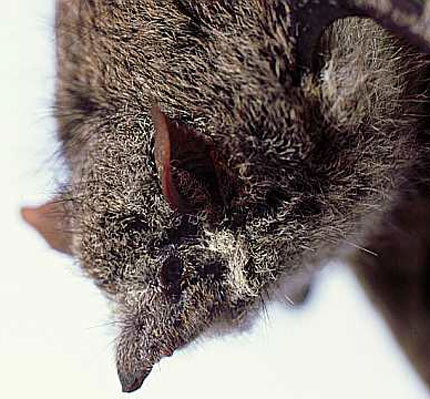
The Brazilian long-nosed bat got it’s name for a reason – look at that snauz. A small bat known to fly in the night skies from Southern Mexico to Central Brazil, the Brazilian long-nosed bat is only 1.25-1.75 inches (3.5-4.5 cm) long, with a wingspan of just 4.75-6.25 inches (12-16 cm), and it is known for it’s elongated snout. Also different from most other bats, are the tufts of gray hair on it’s forearms. This helps them blend in with some of the gray, mossy trees of the region.
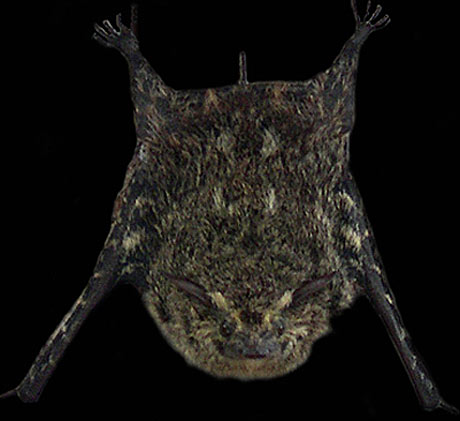
The Brazilian long-nosed bat is a slow flier, and therefore isn’t equipped to hunt in the treetops (larger, faster birds would end up preying on them); so they have fallen into the habit of feeding on the insects that live on the surface of the ponds, lakes, and rivers over which they live.
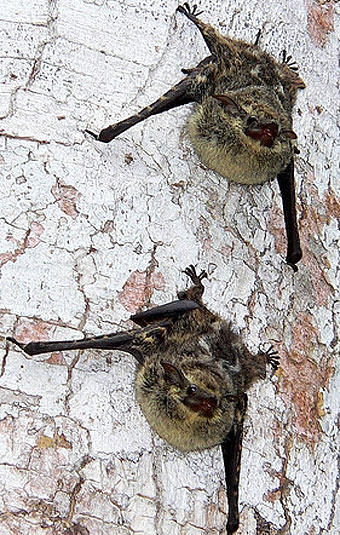
They’ve been known to sometimes roost in rocky crevices, but mostly just cling to rocks or to concrete, where there color pattern lets them blend in, as if they were patches of lichen. Individuals bats will even roost at fairly large distances from one another in what appears to be an effort to enhance the effectiveness of their camouflage.
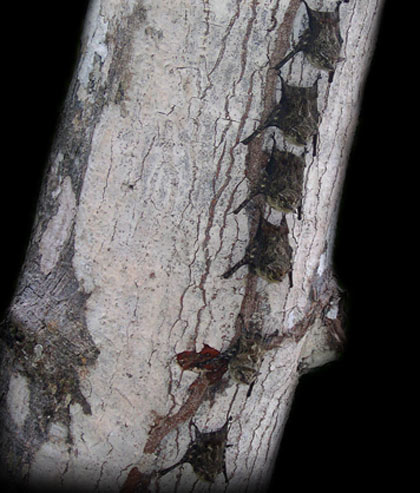
When Brazilian long-nosed bats are first born, their mothers will find a safe roost inside of a log or pile of stones and leave them their alone, but safe, until they are about two months old and able to fend for themselves.
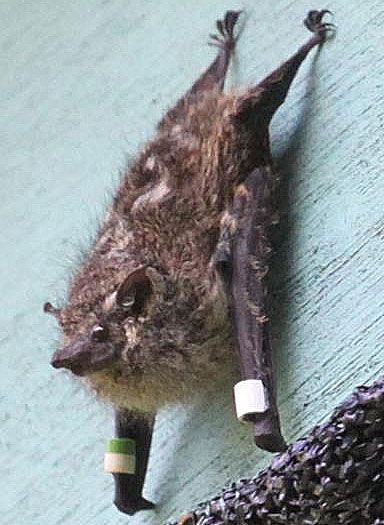
The bats usually form colonies of 5-15 individuals but sometimes up to 40 or more. The groups normally include males, females and a dominant male who is the main defender of the roost and hunting zone.
